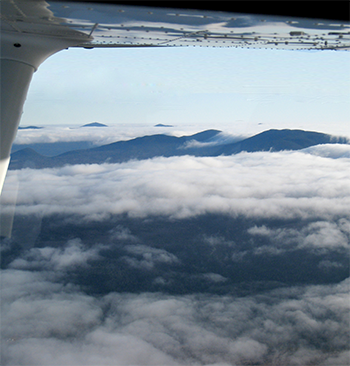Subscriber question:
"I just read that best glide speed varies with aircraft weight. How am I supposed to calculate that in an emergency, especially when I have to find a place to land without delay?" — Daniel Y.
Dave:
 “The one and only engine on your airplane just quit in flight. One of your first and most pressing tasks is to find best-glide speed. In the heat of battle, the exact number can be hard to remember—and the single number published in most flight manuals is only valid for gross weight.
“The one and only engine on your airplane just quit in flight. One of your first and most pressing tasks is to find best-glide speed. In the heat of battle, the exact number can be hard to remember—and the single number published in most flight manuals is only valid for gross weight.
So, here’s a shortcut to reach your airplane’s actual best-glide speed right away: Fly level.
That’s it. A flat pitch attitude will yield something close to best-glide speed in just about every piston single. Raising the nose two or three more degrees can fine-tune it. Once you’ve found a level pitch attitude, full nose-up elevator trim usually keeps it there.
Try it out on an upcoming proficiency flight. Pull the power, pitch for level flight, and watch where the airspeed indicator settles. Then roll in full nose-up trim and see how close it comes to holding the desired airspeed.
If the emergency happens in visual conditions, you’ll match the chord line of the wing to the horizon. For an engine loss in the clouds, use the attitude indicator to find level pitch. This lets you focus on troubleshooting the engine while heading for an emergency landing site—without being distracted by a search for best-glide speed.”
What's your method for setting best glide speed?
